
As part of my birdwatching tour in Costa Rica we headed for the hot and dry Guanacaste region in the north-west of the country where we had a two-night stay at Hacienda Solimar or Solimar Lodge. Guanacaste, in the northwest of Costa Rica, is bounded on the east by a group of green-swathed volcanoes forming the Cordillera de Guanacaste and the Cordillera de Tilarán. The rivers that tumble out of these steep mountains flow down to rolling flatlands, drained by the Rio Tempisque, which empties through swampy wetlands into de Gulf of Nicoya. Guanacaste’s climate and culture are unique among Costa Rican provinces. The province experiences little rain and consistent heat from November to April, resulting in tropical dry forests as a natural adaption to the dry season conditions. Tourists seek out this dry heat during the North American winter to enjoy the beaches and Guanacaste is home to a large colony of American expatriates. The Solimar Lodge is just east of Palo Verde National Park, which is part of the Tempisque Conservation Area, that contains much of the area of the valley of the Tempisque River and covers an area of 45,492 acres in Guanacaste Province. The surrounding region is mostly tropical dry forests, and the Park concentrates on conserving vital floodplain, marshes, limestone ridges, and seasonal pools from the encroachment of civilization which was putting the ecology of the area at risk. The Solimar Lodge is just one part of the large Solimar ranch (Hacienda Solimar), one of the largest cattle ranches in Costa Rica. They specialize in Brahmin cattle which have been bred for arid terrain such as Guanacaste where cattle is raised mainly for beef.
Solimar Lodge
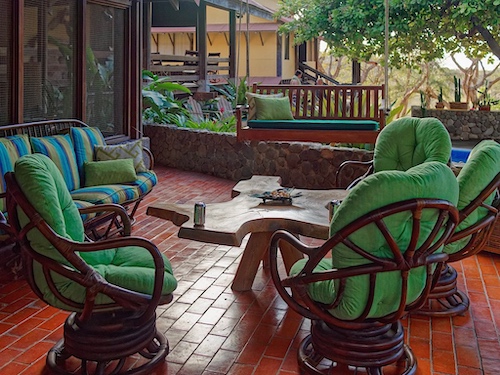
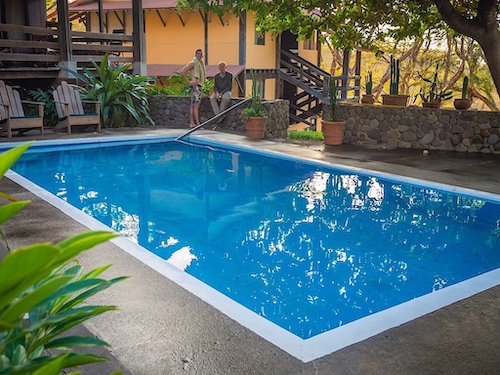

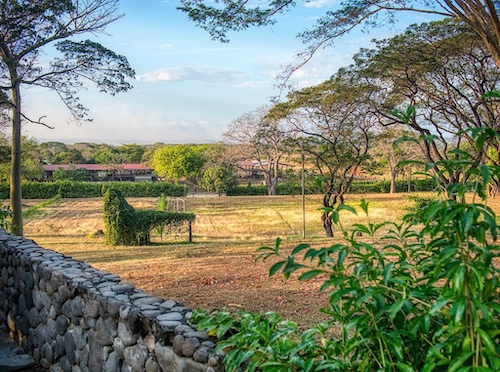
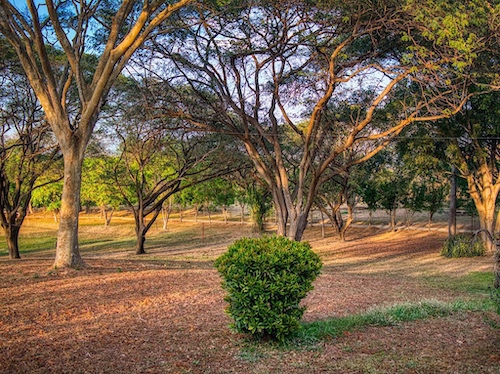

The accommodations were very comfortable and the staff was always helpful. The setup sort of reminds me of a dude ranch with large overstuffed leather furniture and a communal dining room. The rooms were large, no air conditioning or wi-fi but on the plus side the pool was nice and cool. The food was prepared in the large kitchen and it was tasty and filling. Generally speaking this is a no-frills basic accommodation but the surrounding birding opportunities made it a good choice and though it was hot, there were no bugs.
Owls
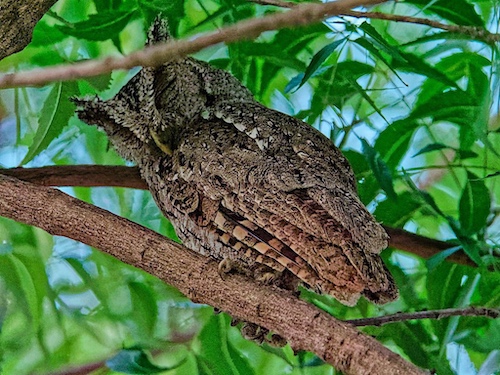
They have two owls that roost right next to the lodge, which is convenient since the Pacific Screech-Owl (Megascops cooperi) is strictly nocturnal, although I was too lazy to go out at night to photograph it. Even though this species has a relatively small contiguous range, only right along the Pacific coast from Oaxaca to Costa Rica (maybe only as far north as Chiapas), there are three subspecies that are recognized. In Costa Rica the Pacific Screech-Owl (Megascops cooperi) is distinguished from the Tropical Screech-Owl (Megascops choliba) by the less prominent black rims to the facial disks and by the lighter streaking below. Honestly, among the 21 known species of screech owls, they look more alike than different. Screech owls are small and agile. They are about 7 to 10 inches tall and have a wingspan of about 18 to 24 inches. They have prominent, wide-set feather tufts on their head with bright yellow/green eyes. They have different brownish hues with whitish, patterned underside to blend in with tree trunks. The differences are often slight, complicated by different color morphs within species.


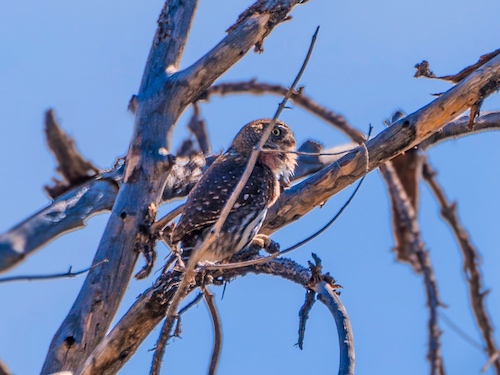
Pygmy-owls (Glaucidium) are very small owls, with a large rounded head, a pair of prominent black marks (false “eye spots”) on the nape, and a relatively long tail. The Central American Pygmy-Owl (Glaucidium griseiceps) is a newly-recognized species. Previously these populations were classified as subspecies of the Least Pygmy-Owl (Glaucidium minutissimum), although now the name Least Pygmy-Owl is applied only to the birds in eastern South America. The Central American Pygmy-Owl is restricted to the lowlands of the Caribbean slope between eastern Mexico and Costa Rica, but in Panama it occurs on both the Caribbean and Pacific slopes, and the distribution extends south locally to western Ecuador. This species overlaps geographically with the slightly larger Ferruginous Pygmy-Owl (Glaucidium brasilianum), but Central American Pygmy-Owl is more closely associated with humid forest and adjacent tall second-growth, rather than the more open areas preferred by Ferruginous. I managed to get both the front and back of the head (showing the false eye spots) from the same vantage point because owls can rotate their heads to impossible angles. For comparison, I have included a photograph of a Ferruginous Pygmy-Owl (Glaucidium brasilianum) that I saw in southern Arizona.
Other Beautiful Birds
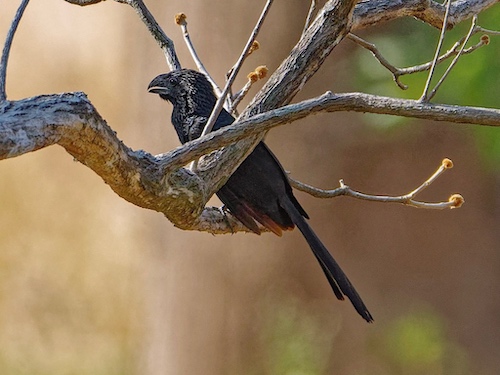

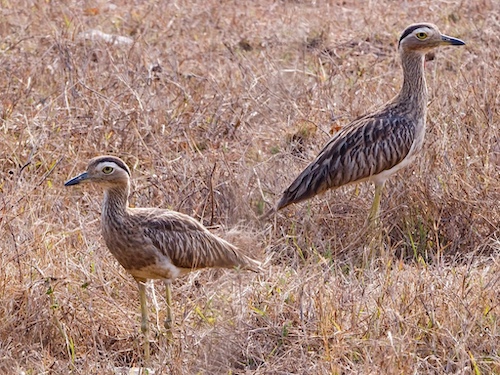




The Hacienda Solimar is a unique environment, mixing tracts of marshland with dry forest and open grassland. I have included the birds shown above which we saw along the roadside as we drove in to illustrate the diversity of wildlife on the Hacienda Solimar. To streamline my posts, I have decided not to provide summaries for each species although each bird is addressed in more detail in the references. I will say that I got to see some beautiful new doves, the White-Tipped Dove (Leptotila verreauxi) is new to me and quite lovely. I was also happy the capture the violet spots on the wings of the Plain-Breasted Ground-Dove (Columbina minuta). However, I think the Turquoise-Browed Motmot (Eumomota superciliosa) has the most flamboyant plumage of the day, in a family of beautiful birds.
As always, I hope you enjoyed the post, Solimar actually turned out to be a pretty nice place to stay.

